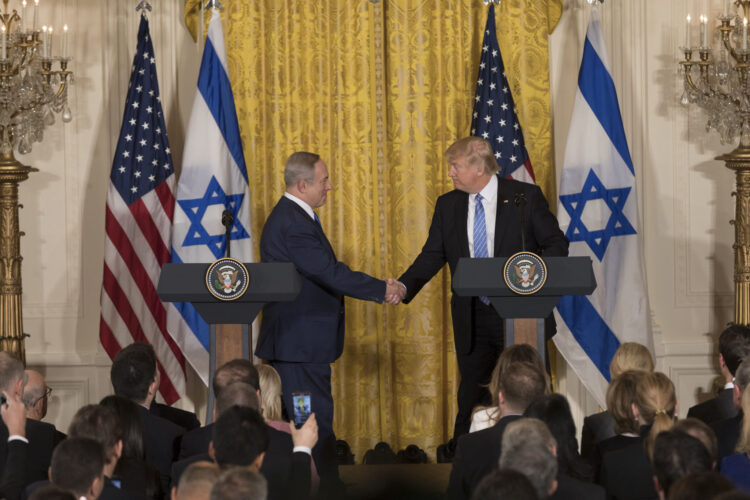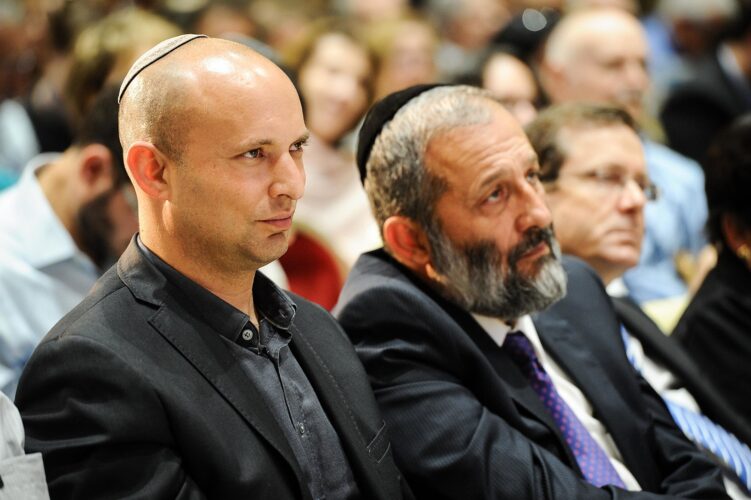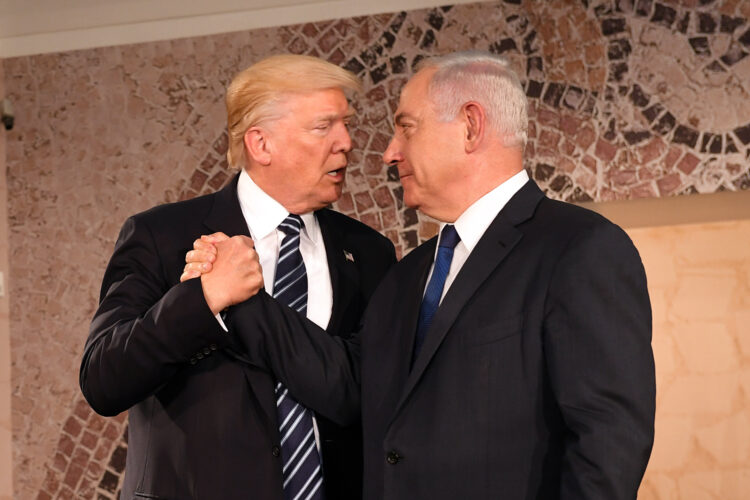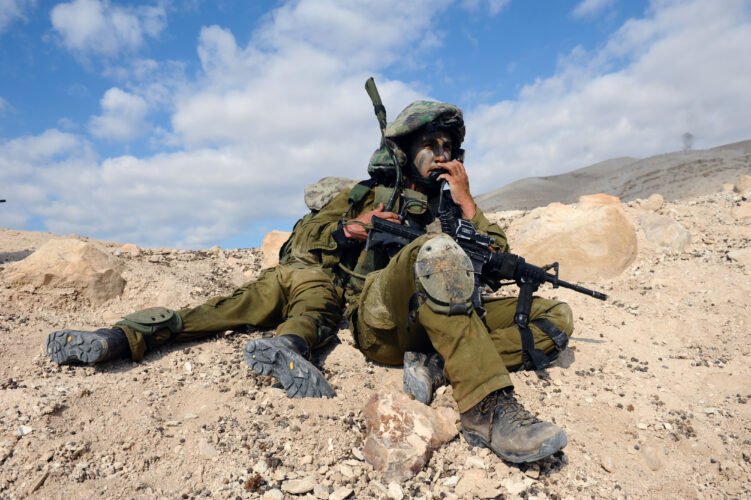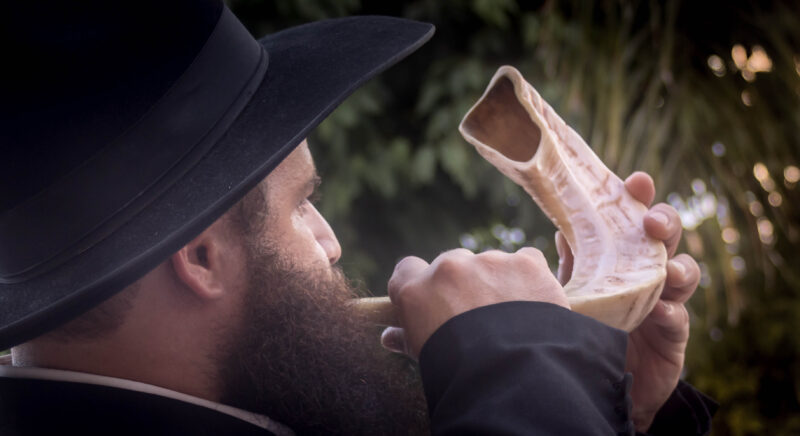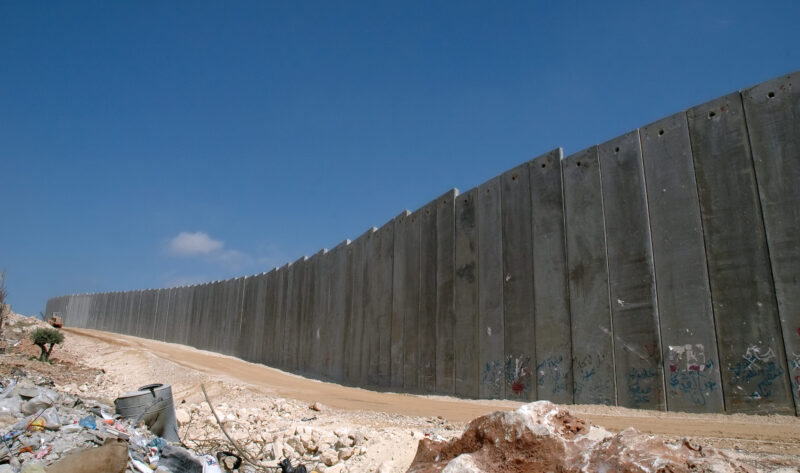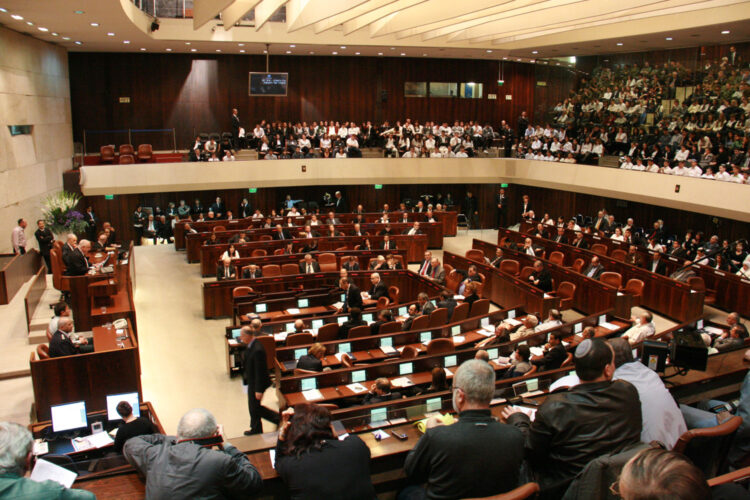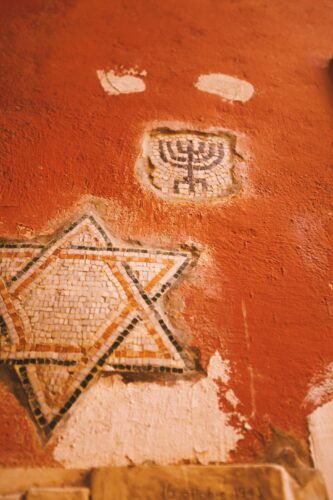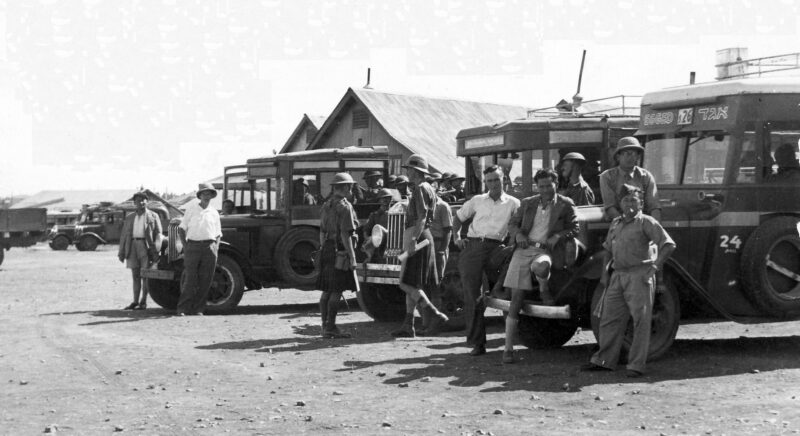Those who believe that the rapture of the saints and the resurrection of the righteous in Yeshua comes at the end of the tribulation (Post Tribulation vs. the Pre-Tribulation view) present two views of where to place the rapture. One view, which I think is the more dominant view, is that it comes at the seventh Shofar in Rev. 11. The other view is that it comes at the end of the season of the bowls of wrath (a brief season at the end of the tribulation), and is identified with the blowing of the shofar at the end of Yom Kippur. This identification is connected to the I Cor. 15 text that says we will be transformed at the last shofar (I Cor. 15:51, 52).
In my book Passover, Key to the Book of Revelation, I argue for the seventh shofar as the shofar of the Rapture, our being caught up with the Lord that leads to our return with him. I see a process of events in his return and do not see it as an all at once event. I do understand that in such matters we see through a glass darkly and that all such views are somewhat speculative.
Here are my reasons for holding to the seventh shofar view.
1. The Last Shofar in I Cor. 15 could refer just to the last of the shofars that bring judgment and this seventh is the last one in the series and announces the final judgment, rapture and resurrection. It is not the last to ever be blown. There will be many more blown throughout the Millennial Age.
2. The Feast of Yom Teruah, or the Feast of the Blasting of the Trumpet has no great fitting fulfillment as the other Feasts. The others have obvious fulfillments in Yeshua. But if Yom Teruah announces the coming of the Messiah, and effects the rapture, the resurrection and then his descent to earth, we would have that fitting fulfillment. Other attempts do not identify a great fulfillment sufficient for the weightiness of a major feast. The association of II Thes. 4:16, and 17 with Yom Teruah or Rosh Hoshana is a dominant view and commonly taught for good reason.
3. The Book of Revelation provides a chronology that is progressive in the 7 Seals, the 7 Shoforot, and the Seven Bowls of Wrath. The Seventh Seal opens up and includes the Seven Trumpets, and the Seventh Trumpet opens up and includes the Seven Bowls of God’s wrath. The book also includes parentheses narratives in the midst of this progression that are not necessarily in the progression. But it is significant that John puts his parentheses narratives where he does. Before the Seventh Shofar, John writes that the mystery of God has been completed when he is about to sound the seventh shofar (Rev. 10:7). If this is the shofar of the rapture and resurrection, it would be a perfect fit. The mystery is the completion of the numbers counted in the Bride of the Messiah (as Paul teaches in Ephesians 3 and is the fullness of the gentiles Romans 11). If the rapture and resurrection are after the seventh shofar, then the mystery would not complete before it is blown as Rev. 10:7 states. There would still then people being saved who can be part of the rapture after the blowing of the seventh shofar. This does not fit the text in Rev. 10:7.
4. Revelation 11states that at the end of 1,260 days (the time of the Great Tribulation, v. 3) the two prophetic witnesses who are martyred are raised from the dead and ascend to heaven. This is certainly a picture of the rapture and resurrection that I believe shortly follows. Then there is a great earthquake and 7,000 die in the city called Sodom, which is identified as Jerusalem by noting that it is the city where our Lord was crucified. It then indicates that Jerusalem turns to the Lord. “The rest were terrified and gave glory to the God of heaven.” (Rev. 11:14) In every other case when judgments fall in the Book of Revelation, the people do not turn to God but rebel and curse all the more since they are under the deception of the Anti-Christ and the False Prophet. This fits as the time when Israel/Jerusalem calls on Yeshua to save them (Matthew 23:39 ff.) This perfectly fits Zech. 14 where the nations have surrounded Jerusalem, there is the earthquake and then the Lord goes forth to fight against the armies of those nations. The turning of Jerusalem to Yeshua fits if it occurs between verse 2 and 3 and then his feet touch down on the Mt. of Olives. The saints return with Yeshua and the war is still ongoing, not the end of the war yet. It is not yet the born again experience for Israel, but seems it is a corporate turning of Jerusalem to Yeshua. Only after this turning in Rev. 11:14 do we read that the angel sounds the Seventh shofar. (Don’t we believe when Israel or Jerusalem call upon Yeshua that leads to the rapture. Then we also read the Kingdoms of this World have become the Kingdom of our Lord and of his Annointed One. (11:15).
5. Then in Rev. 14 we read what many scholars historically have said is the rapture and the resurrection of the saints. There are two angels, one harvests the earth positively, the harvest of the earth was reaped (14:16) Then another angel gathers the grapes into the winepress of the wrath of God. This fits the idea that the wrath of God is a very brief period at the end of the tribulation, and we are not here for that. It fits the time between Rosh Hoshana and Yom Kippur. Some who say they believe in a pre-wrath rapture find support for this. Some of them claim to be mid-tribulation pre-wrath in their view of the timing of the rapture, but this mistakes the tribulation as a seven year period and coordinate with the seven trumpets, whereas the Bible tells us it is 3 ½ years or half a seven. So the bowls of the wrath of God comes at the very end and occurs as we are returning with him from heaven to deliver Israel. It also includes the picture of the Lord slaying the armies of the nations that have come up to destroy Israel (Rev. 19, Joel 3, and Zech. 12, 14).
6. The seventh shofar view again fits what happens after the armies of the nations are destroyed. Rosh Hoshana in Jewish tradition leads to the Days of Awe, the days of judgment between Rosh Hoshana and Yom Kippur, but on Yom Kippur we have the final day of repentance. So is there will be a great Yom Kippur in Jerusalem, Israel and the nations. It would seem that the return of Yeshua to the earth after the rapture and resurrection leads to the repentance of those who were not so raptured. This so well fits the picture of Zechariah 12:10-14 when all of the tribes of Israel mourn. They look on Him who they have pierced and mourn for him. This does not seem to be a heavenly vision where they see him, but that He will be literally here and will be seen on earth. Some do see this as a pre-rapture turning of Israel, but I think the idea of the last war and Israel’s deliverance comes first, for in a time of war, one would not be able to fit this picture of everyone morning. No, they would be fighting. Indeed, this is a picture after the war where Israel, in their natural bodies, will be mourning and realizing that He was the one, their Messiah and Savior, all along. So in these pictures, Yom Kippur fits if it follows the rapture and resurrection.
7. At the end of Yom Kippur there a shofar is blown. It could be the last of this Age, and the inauguration of the Age to Come. In Lev. 25:10-12 the shofar blown on Yom Kippur announces the Jubilee year. Indeed, Israel and the nations have repented and all can now celebrate Sukkot together or Tabernacles (Zech. 14:16). The First Tabernacles of the Millennial Age would fit as the celebration of the Bride of the Messiah being joined to the Messiah, or the Marriage Supper of the Lamb. So the shofar blast of Yom Kippur on this scheme would not be the rapture and resurrection but the Jubilee shofar that ends the old age and begins the Millennial Age and the reign of the Messiah and his Bride, of Jew and Gentile who reign with Israel the nation in their own land. The rapture shofar is not the shofar announcing the age of peace as at the end of Yom Kippur after repentance, but the seventh also announces the final judgment of Rev. 19 and Zech. 14 and the very last battle that takes place.
